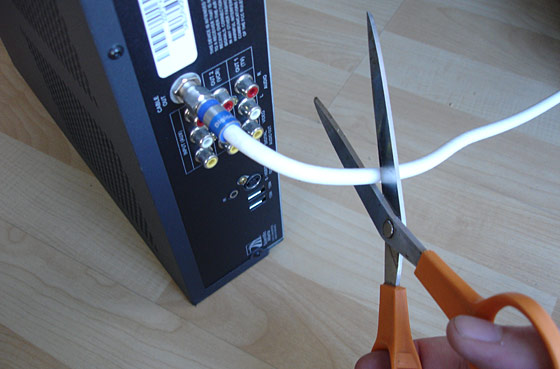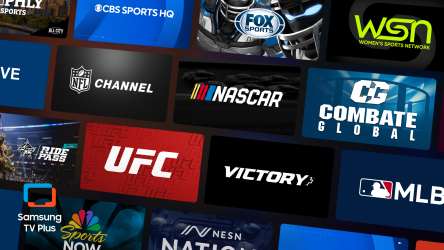I’d cut my throat before I cut my cable

In the last month both my son and my son-in-law cancelled their satellite subscriptions. In both cases I offered them a high-end outside antenna. “Hey, you will get a much better quality picture and it's free”, I said.
“No thanks” both replied, “I’ve ordered cable.”
I’m no different. While I have only the basic cable tier, I’d be hard pressed stop subscribing although I complain every month when I pay the bill.
What I really want is al a carte. Here is why it won’t happen soon, at least not in a way consumers will like.
Disney generates more than $10 billion in revenue. Most of it from its owned ESPN channels, according to estimates from SNL Kagan, a market researcher. That’s about a third of the total $31.6 billion that’s expected to be generated this year, said Kagan. That figure excludes premium services such as HBO and broadcast outlets.
ESPN charges cable systems $5.54 per subscriber a month, while Viacom’s MTV gets 41 cents per subscriber. Niche channels get much less. MTV Hits, for instance, gets 2 cents, according to Kagan.
OTT pay TV operators are addressing the cost issue in several ways. Verizon’s FiOS service recently introduced “Select HD,” priced at $49.99 a month. That’s about $15 below the next-level package because it excludes expensive sports channels like ESPN. So, if you’re not a sports fan, that might be a good deal.
Get the TV Tech Newsletter
The professional video industry's #1 source for news, trends and product and tech information. Sign up below.
In reality, today’s viewers increasingly find themselves being stretched between two trees. One tree, cable service, is pulling the right arm, the other tree, broadband, is pulling the left arm. Guess what? Cable owns both trees. Arms hurt yet?
What we need is a new giant in the marketplace to shake things up. Can you spell Google?
How are you dealing with the high-cost of cable?
